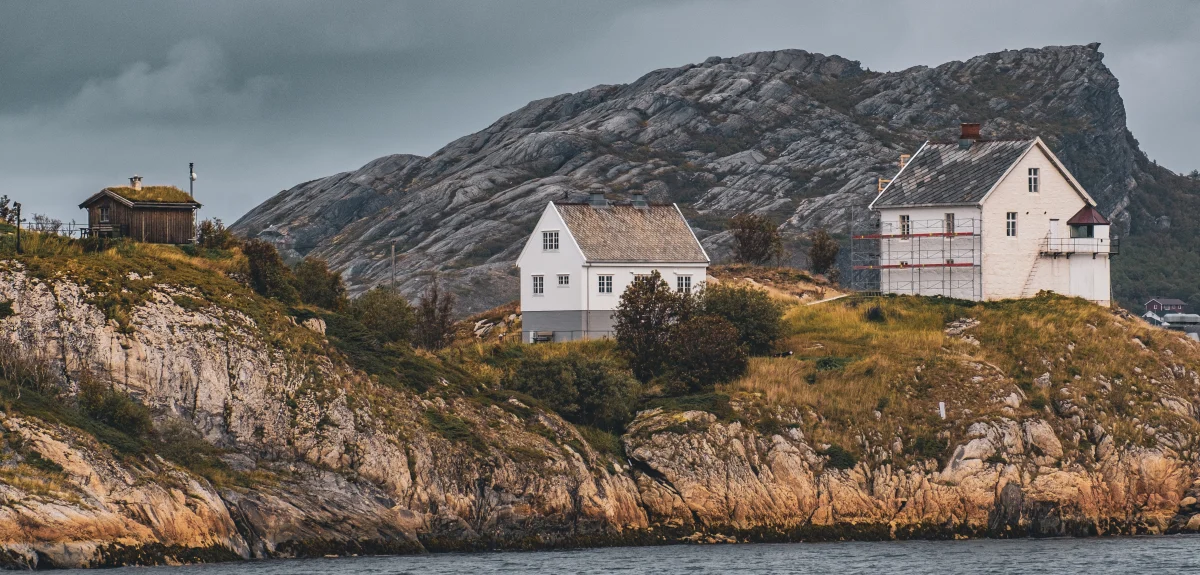
Culture meets nature in Bodø
Museums, quayside dining and the world’s strongest maelstrom.
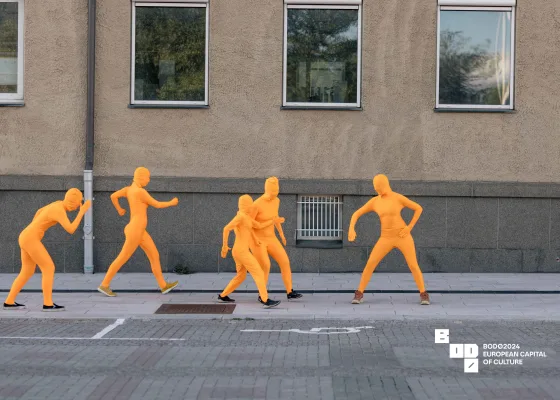
A packed cultural schedule
European Capital of Culture 2024

In 2024, there’s a lot happening on the cultural front in Bodø. Check out the schedule to see what’s happening during your visit—or plan your trip around events like “Midsummer Mischief,” a celebration with performing arts company Walk the Plank.
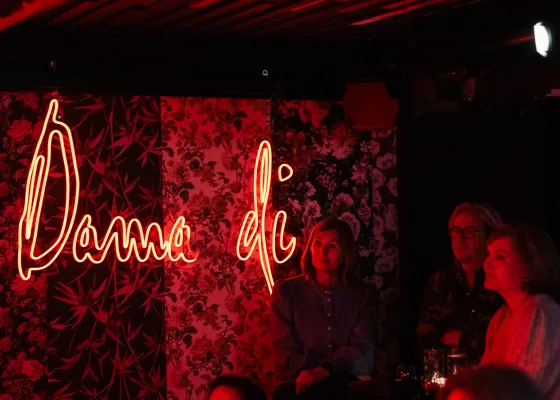
The indoors among the outdoors
Dama Di

Open until 3:30 a.m., the Dama Di lures clubbers 364 days a year with the slogan “Art, chaos & bar.” Simultaneously cool and relaxed, with DJs and music concerts, it’s an essential hub of Bodø’s nightlife.

Norway’s largest aircraft collection
Norsk Luftfartsmuseum

It’s no surprise that we at Scandinavian Traveler recommend the Norwegian Aviation Museum, where you can learn all about the history of aviation—both civil and military—and how to become a pilot. It’s a fascinating place for any aviation enthusiast, from small recreational aircraft to historic models like the Spitfire. The museum is closed every January for cleaning and maintenance.
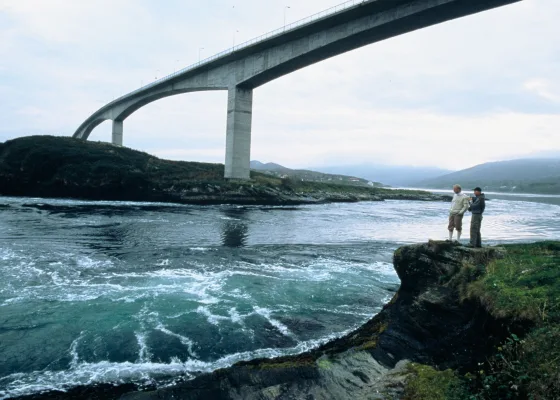
The world’s most powerful maelstrom
Saltstraumen

Less than 20 miles from the city of Bodø itself is the Saltstraumen, the world’s most powerful maelstrom. The Saltstraumen is formed when tides move between the two fjords of Saltenfjorden and Skjerstadfjorden through a narrow strait (in places only 500 feet wide). The best time to visit Saltstraumen is during a new or full moon when the difference between high and low tide can be as much as ten feet. Take a dive and experience the unique marine life (only possible with a guide) or buy some locally produced salt.
Fish dinner on the quayside
Bryggerikaia

There are a whole host of restaurants in Bodø, but a popular meeting place is Bryggerikaia, located right on the waterfront on Sjøgata. Sample classic fish dishes such as grilled tørrfisk (fish that is dried, salted and grilled) or a North Norwegian fish soup—in the summer, of course, you can sit on the outdoor terrace.
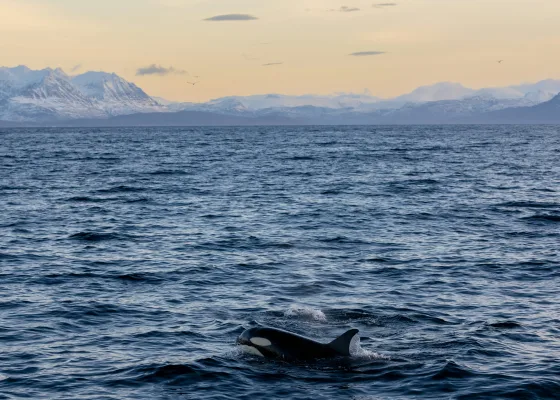
Unique experiences in nature
Villmarkssafari

Bodø is surrounded by true wilderness and a safari is almost mandatory for those who want to truly experience the region. A trip out to sea in the summer will bring you close to sperm whales and, if you’re lucky, pilot whales and orcas. Or take the opportunity to spot one of the world’s most distinctive animal species, the ancient musk ox that has been at home here since before the ice age. Sea eagles, king crabs and moose are other species that can be seen in the stunning surroundings of the Salten landscape.
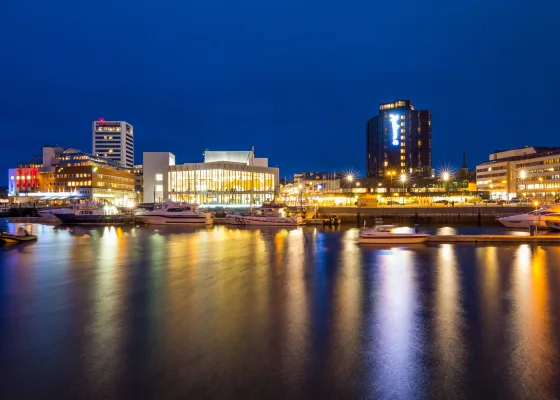
With a sea view
Radisson Blu Hotel Bodø

The Radisson Blu Hotel is a designer hotel with a breathtaking view of the sea and its sunsets—preferably from the Fjord restaurant or the Top 13 rooftop bar. The hotel has 191 rooms, stylishly decorated in Scandinavian minimalist style.
Text by Daniel Björk